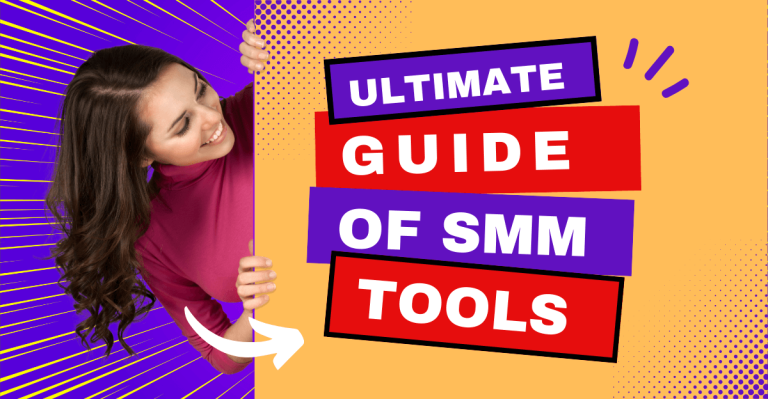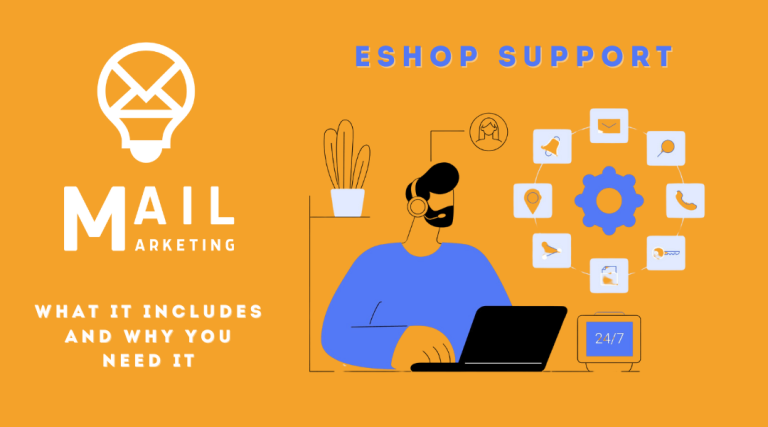From 28 June 2025, any website of a company with more than 10 employees or a turnover of more than €2 million must be accessible. This is not just a technicality; it is a legal obligation. Non-compliance can lead to fines and legal consequences. Accessibility is not just about complying with the law; it is also an act of respect for all users. In this guide, you'll learn what the law requires, how to assess your website, and how to adapt it to be accessible to everyone.
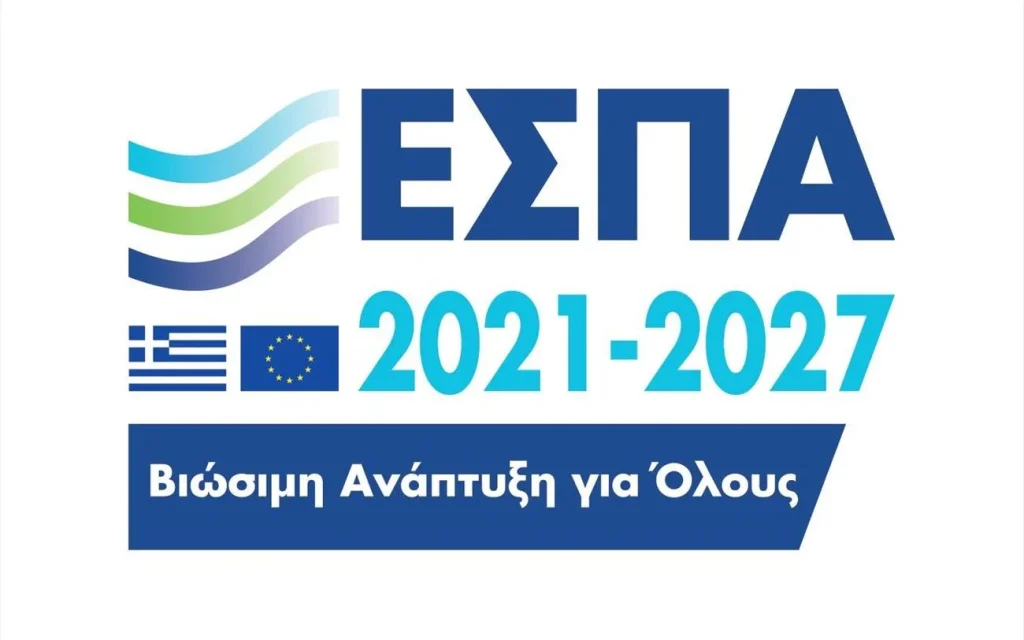
What is website accessibility?
Website accessibility means that any user, regardless of disability, can navigate and use your website. This includes people with visual, hearing, mobility or cognitive impairments. Accessibility ensures that all users have equal access to the information and services your website offers.
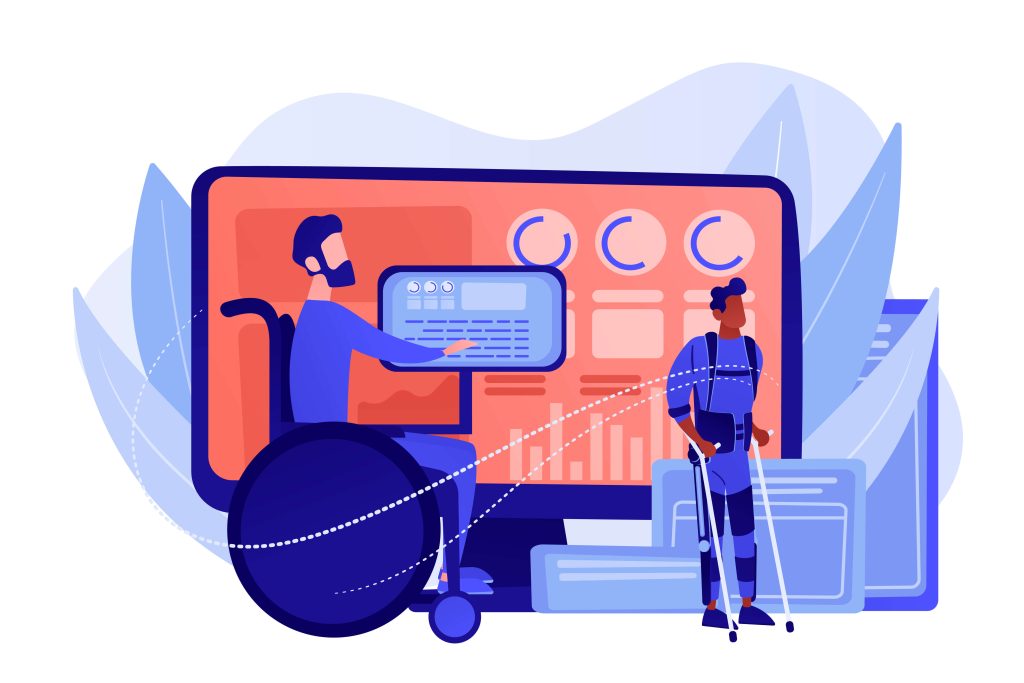
Who has to comply?
According to Law 4994/2022, which incorporates Directive (EU) 2019/882, from 28 June 2025, the following companies are required to ensure the accessibility of their websites:
- Companies with more than 10 employees. EFEPAE [Commit to ensuring that appropriate infrastructure is in place to minimise barriers to access for people with disabilities, where necessary and appropriate. Infrastructure means both building infrastructure and electronic applications aimed at the clientele (e.g. websites and other electronic applications such as electronic information and/or service points, etc.).]
- Companies with an annual turnover of more than €2 million. PUBLIC EMPLOYMENT SERVICE + 1 BENEFICIARY + 1
According to Law 4994/2022, which transposes Directive (EU) 2019/882, non-compliance with accessibility requirements may lead to administrative sanctions. In particular, Article 26 of the law provides that the competent authorities may impose fines in case of violation of the provisions concerning the accessibility of products and services.
These sanctions aim to ensure compliance with accessibility requirements and to protect the rights of people with disabilities. Businesses that fail to comply with these obligations may face fines, which are determined by the competent authorities according to the seriousness of the infringement.
For more information on the administrative sanctions and obligations under Law 4994/2022, please refer to the full text of the law on the website of the Tax havens.
How to make your website accessible?
To ensure the accessibility of your website, follow these practices:
- Use of alternative text (alt text): Add descriptive text to all images so that visually impaired users can understand them.
- Clear and consistent navigation: Maintain a consistent navigation structure throughout the pages.
- Use of appropriate colour contrasts: Make sure the text has sufficient contrast with the background to be readable.
- Accessibility via keyboard: Make sure that all functions on the website can only be performed with the keyboard.
- Use of headings and lists: Structure the content with headings and lists to facilitate navigation.
In addition, he followed the instructions according to the Standard WCAG 2.1 AA, which is a prerequisite for the approval of the NSRF programmes.
How to assess the accessibility of your website?
To assess the accessibility of your website, you can use the following tools:
- WAVE: A tool that analyses your website and identifies accessibility problems.
- AChecker: A free online tool that evaluates websites against standards such as WCAG 2.1 (Level A and Level AA), Section 508 and other guidelines. Provides detailed reports on any failures and suggestions for improvement
- Lighthouse: A Google tool that provides reports on accessibility, performance and other metrics.
- axe DevTools: A tool that integrates into the browser and helps to identify and correct accessibility problems.
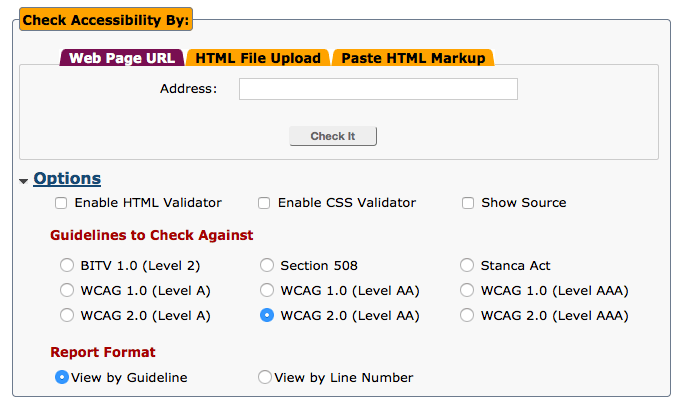
These tools provide valuable insights into the current state of your website and guide you through the necessary corrections to fully comply with accessibility legislation.
Benefits of accessibility for your business?
Accessibility is not only a legal obligation. It also offers important benefits:
- Broadening the audience: Accessible websites are accessible to more users, including people with disabilities.
- Improving SEO: Search engines favour accessible websites, improving their ranking.
- Strengthening the reputation: A commitment to accessibility shows that your business cares about all its customers.
- Compliance with the law: Avoid fines and legal consequences.
Making your website accessible is not just a technical requirement; it's an act of respect for all users and an investment in the future of your business. Don't wait until the last minute. Start today make your website accessible.
Frequently asked questions about web accessibility
Will my website have to be accessible from 2025?
Yes. From the 28 June 2025, web accessibility becomes mandatory for businesses that employ more than 10 employees or have with an annual turnover exceeding EUR 2 million, on the basis of Law 4994/2022, which incorporates the Directive (EU) 2019/882.
Who is responsible for implementing accessibility on my website?
The responsibility lies with the business owner, but the implementation is usually done by a team that includes: web developers, UX designers and accessibility consultants. It is important to have ongoing collaboration with experts so that accessibility is integrated from the design stage and not afterwards.
If I already have a website, do I have to build it from scratch to make it accessible?
Not necessarily. You can adapt your existing website through technical retrofit. This includes changes to code, design, navigation and image tags. However, in some cases where the structure is too old or non-functional, it may be preferable to retrofit based on WCAG 2.1 (Level A and Level AA) specifications.
What standard do I need to follow to be legally covered?
The minimum level of compliance required is WCAG 2.1 level AA. This means that specific technical and functional criteria must be met in four key areas: perceivable, operable, understandable, and robust. For NSRF-funded actions, compliance with WCAG is necessary for funding approval.
Are there any NSRF grants that cover accessibility costs?
Yes. Under the NSRF 2021-2027 there are actions (such as the "Digital Transformation of SMEs") that financially support the upgrading of websites, provided that the conditions for digital and accessible transition are met. Costs for redesign, accessibility tools, consultancy and development are covered. Look for the current calls on the EFSEPAE website or consult a qualified NSRF consultant.
How can I train my staff to manage an accessible website?
Accessibility is not only a technical issue, but also a content management issue. You can organise trainings for your staff based on W3C guidelines or through certified e-learning programmes (such as those offered by Coursera or Udemy). Training is needed for those who manage content (e.g. marketing, copywriters, admin users) to publish compliant material, such as correct alt texts, accessible PDFs and understandable language.


